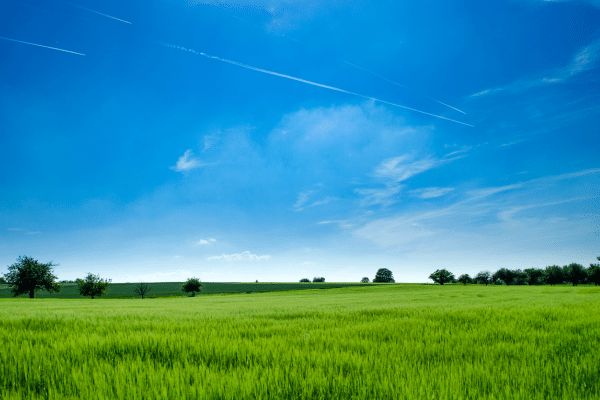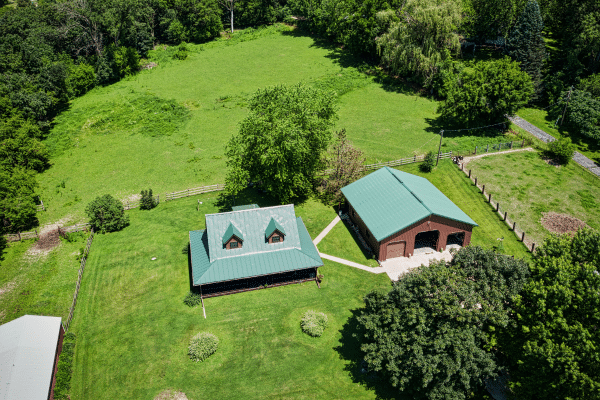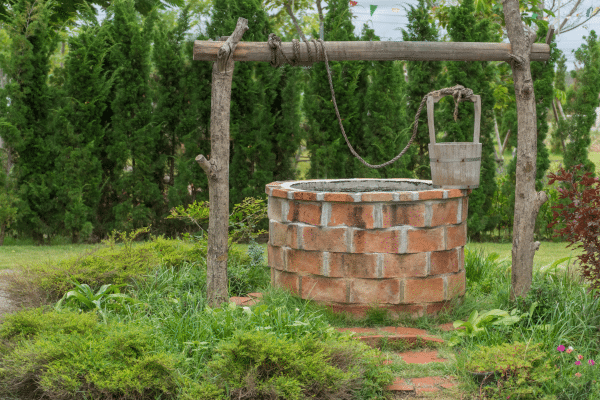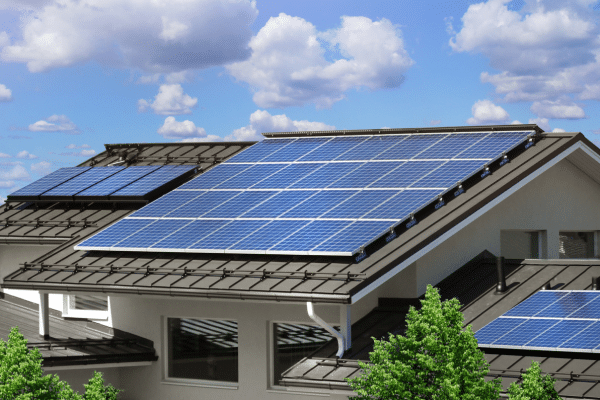Living off-grid represents a lifestyle shift towards freedom, self-sufficiency, and a closer connection with nature. It involves stepping away from the conventional utility grid to generate one’s own power, source water, manage waste, and possibly grow food. This approach requires not only a significant adjustment in daily living habits but also thorough preparation and the right resources. The allure of off-grid living lies in its promise of independence, environmental sustainability, and the peace that comes with a simpler, more intentional way of life. Understanding the essentials for successful off-grid living is the first step on this rewarding journey.
Contents
Land

Selecting the right piece of land is crucial for anyone planning to live off-grid. The location determines not only the lifestyle and types of projects possible but also the challenges one might face. Factors such as climate, soil quality, accessibility to water sources, and exposure to the sun play significant roles in the sustainability of an off-grid homestead. Additionally, potential landowners should thoroughly research zoning laws and building codes in their area of interest to ensure their off-grid ambitions can be legally realized. Understanding these regulations upfront can save time, money, and frustration, paving the way for a smoother transition to off-grid living.
Legal considerations are equally important when choosing land for an off-grid life. It’s essential to be aware of any easements, rights of way, or restrictive covenants that could affect how the land can be used. Prospective landowners should also consider the proximity to natural resources, such as forests or streams, which can provide additional sustenance and utility. However, it’s important to balance seclusion with access to local communities and markets, as complete isolation can make certain aspects of off-grid living more challenging. Careful planning and research into these areas can ensure the chosen land meets all needs for a sustainable and fulfilling off-grid lifestyle.
Shelter And Housing

Designing and building a sustainable off-grid home involves careful consideration of materials, location, and energy efficiency. The aim is to create a living space that minimizes environmental impact while providing comfort and security. Eco-friendly materials such as reclaimed wood, natural stone, and recycled steel not only reduce the carbon footprint of the building process but also contribute to the aesthetic and functional quality of the home. Energy efficiency is enhanced through strategic design, incorporating features like thermal mass, insulation, and passive solar heating to reduce the need for artificial heating and cooling. This approach to shelter and housing aligns with the off-grid philosophy, promoting harmony with the natural environment.
Alternative housing options such as yurts, tiny homes, and earthships offer unique solutions for off-grid living, each with its own set of benefits. Yurts provide a portable and affordable housing option, while tiny homes are celebrated for their simplicity and efficiency. Earthships, constructed from natural and recycled materials, are designed to be self-sufficient in energy, water, and food. These alternatives challenge traditional notions of housing, emphasizing the possibilities for creativity, sustainability, and resilience. By choosing or creating a home that reflects the values of off-grid living, individuals can forge a deeper connection to their environment and lifestyle.
Water Supply

Securing a reliable water source is a cornerstone of off-grid living. Without access to municipal water services, one must find alternative methods to obtain, purify, and store water. Options like drilling a well, setting up rainwater collection systems, or utilizing nearby natural springs are commonly explored. Each method has its benefits and requirements, including potential legal restrictions and the need for purification systems to ensure the water is safe for consumption. The choice of water source will depend on local climate conditions, land topography, and the initial investment one is willing to make.
Water purification and storage are critical components of managing an off-grid water supply. Safe drinking water is a necessity, so implementing filtration and purification systems is non-negotiable. Techniques vary from simple boiling and chemical treatments to more complex setups like ultraviolet light purifiers and reverse osmosis systems. Additionally, efficient water storage solutions are required to ensure a consistent supply during dry spells or winter months. By integrating a sustainable water management system, one can ensure that their off-grid homestead remains resilient, self-sufficient, and environmentally responsible.
Food Self-Sufficiency

Achieving food self-sufficiency is a vital aspect of living off-grid, involving the cultivation of fruits, vegetables, and the raising of livestock. A sustainable food system starts with designing a garden and integrating permaculture principles that work with the natural landscape and ecosystem. This approach not only reduces the need for external inputs like fertilizers and pesticides but also creates a more resilient and productive environment. Learning which crops are best suited to the local climate and soil can maximize yields and ensure a diverse, nutritious diet. Additionally, incorporating animals into the system can provide meat, eggs, and dairy, while contributing to soil health through natural cycles of grazing and manure.
Preservation techniques are essential for extending the availability of harvested food throughout the year. Methods such as canning, drying, and fermenting allow for the storage of surplus produce and meat, ensuring that nothing goes to waste. These practices not only guarantee food security during off-seasons but also enhance self-reliance, reducing dependence on grocery stores and external food sources. Mastery of food preservation skills requires time and practice but is deeply rewarding, offering a sense of accomplishment and a deeper connection to the food consumed. By establishing a cycle of planting, harvesting, and preserving, one can create a sustainable source of food that supports a healthy, off-grid lifestyle.
Renewable Energy

Transitioning to renewable energy sources is fundamental for off-grid living, ensuring a continuous, sustainable power supply. Solar panels, wind turbines, and hydroelectric systems are among the most common options, chosen based on the specific environmental conditions and energy needs of the homestead. Solar power, with its declining costs and ease of installation, has become increasingly popular, providing reliable electricity for lighting, cooking, and running appliances. Wind and hydro power can offer alternatives or supplements, especially in areas with consistent wind speeds or accessible flowing water. The goal is to create a system that minimizes fossil fuel use, reduces carbon footprint, and offers energy independence.
Energy storage is another critical consideration, as it allows the off-grid system to maintain power supply during periods of low production. Batteries play a key role in this aspect, storing excess energy generated during sunny or windy days for use at night or during calm weather. The capacity and type of storage system required depend on the energy consumption patterns of the household and the reliability of the energy sources. Balancing energy production with efficient usage and storage ensures a stable, off-grid living environment. Moreover, advancements in technology and decreasing costs of renewable energy systems make it increasingly feasible to achieve a high degree of energy self-sufficiency.
First Aid And Health

Having a well-stocked first aid kit and knowledge of basic first aid techniques are crucial for addressing minor injuries and health issues in an off-grid setting. Given the potential distance from medical facilities, the ability to respond effectively to cuts, burns, bites, and other common injuries can prevent complications and save lives. In addition to basic supplies, including bandages, antiseptics, and pain relievers, it’s advisable to customize the kit with items specific to the environment and activities typical of off-grid living. Regular training courses in first aid and CPR ensure that individuals are prepared to act confidently and competently in emergency situations.
Developing a plan for accessing medical care in case of serious health issues is equally important. This might involve identifying the nearest healthcare providers, arranging for emergency transportation, and understanding when and how to seek help. Telemedicine services have become a valuable resource, offering remote consultations and advice for situations that don’t require immediate physical intervention. Such preparations underscore the importance of health and safety within the off-grid lifestyle, ensuring that residents can enjoy their independence while minimizing risks.
Community And Networking

Building a network with other off-grid and local communities enhances the resilience and richness of off-grid living. This network provides a platform for sharing knowledge, resources, and support, facilitating a collective wisdom that can help navigate the challenges of an off-grid lifestyle. Engaging with communities allows for the exchange of seeds, tools, and skills, fostering a culture of cooperation and mutual aid. Such connections can also offer emotional support, as living off-grid can sometimes feel isolating. By participating in local markets, workshops, and events, individuals can maintain a sense of belonging and contribution to a larger community.
Contributing to local economies and ecosystems in a positive way is an integral part of off-grid living. This might involve sustainable practices that enhance the land, such as reforestation, soil regeneration, and water conservation. It also means supporting local businesses and initiatives that align with the principles of sustainability and self-sufficiency. Through these actions, off-grid residents not only ensure their own well-being but also contribute to the health and vitality of their surrounding environment. In this way, living off-grid becomes an act of stewardship, reflecting a commitment to a sustainable future for all.
The Bottom Line
Living off-grid requires careful planning, commitment, and a willingness to learn and adapt. It offers a path to a more sustainable, self-sufficient lifestyle, providing a sense of freedom and connection to the natural world. Each element, from securing land and water to building shelter and engaging with the community, plays a vital role in the success of this lifestyle. As individuals embark on this journey, they discover the joys and challenges of a life less dependent on conventional systems. The transition to off-grid living is not only about surviving without the grid; it’s about thriving, creating a life that aligns with values of sustainability, resilience, and independence.


